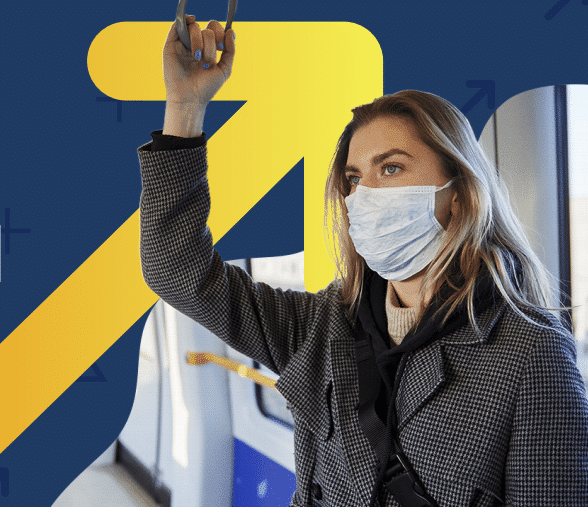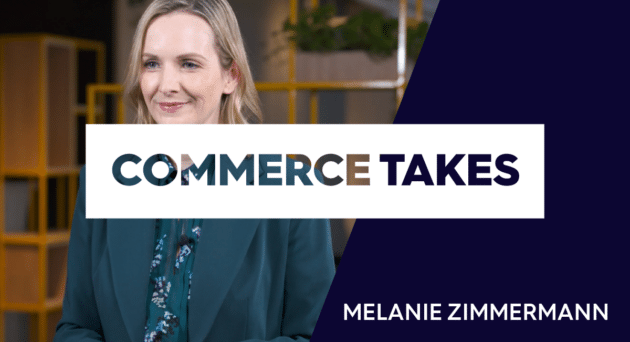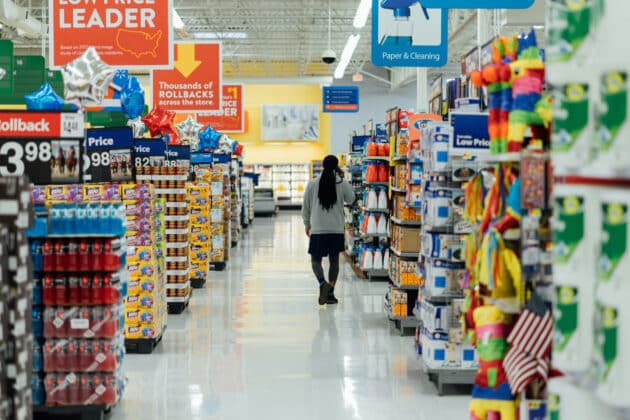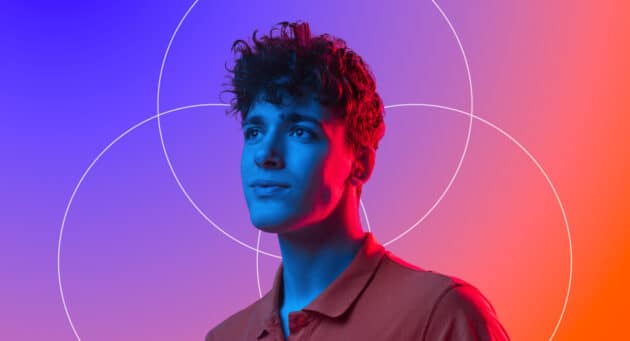As businesses scramble to adjust strategies, budgets, and planning this year, we’ve all collectively wondered about the next phase in the coronavirus outbreak. What does an economic recovery look like? How do companies safely reopen? How do consumers continue to adapt?
In the US, it’s clear that a true recovery from COVID-19 is far off. In Europe, recessionary effects are impacting countries across the region as countries slowly ease lockdown measures. New spikes in cases make it hard to predict the true recovery timeline for countries across Asia, but we also see a new normal of testing, contact tracing, and socially distant shopping happening.
Since February, the Criteo Integrated Marketing and Analytics (IMAX) team has been monitoring coronavirus consumer trends across more than twenty countries. Every week, IMAX pulled new data to analyze the economic impact and what it meant for businesses. We also doubled down on consumer surveys, asking more than 15,000 consumers worldwide how they had changed their lifestyles and buying habits over the past few months.
Our findings don’t point to a full-blown recovery, but we have recently seen signs of what we can characterize as an economic rebound. “Rebound” is the word we use when something bounces back and we don’t know where it will land. This rebound is different depending on where people live and how they have been impacted by the virus. Trends diverge on a country, city, and state level.
Since around two billion active shopper IDs pass through our network each month, we’re given a unique perspective on how people adapted to social distancing measures. We’ve tried to make it as accessible as possible, too, with the Criteo Product Insights Finder – an interactive dashboard that can be used as a planning tool for marketers who want to see the latest ecommerce trends.
For the past few months, we have been working as hard as we can to help businesses understand how coronavirus has fundamentally changed how people shop during lockdown – and what people are buying. Now, as companies try to build new business models, we’ve started to look to the future.
To succeed for the rest of the year, advertisers will need to focus on three things: ad strategies, consumer sentiment, and purchasing behavior.
“We monitored the daily traffic and sales of over 20,000 ecommerce players, in particular in Retail and Travel but also in verticals such as CPG, Automotive, Real Estate, Entertainment and Education. Through automation, we were able to identify key trends, many surprising, week by week, in 48 countries.”
– Florent Mallard, Senior Manager, Insights & Analytics
1. Advertising Strategies in a Social Distancing Economy
Marketers need to know two things about social distancing: how consumers buy and what they buy. If you know that, you can build better campaigns that focus on getting your customers what they need.
At the beginning of the coronavirus outbreak, businesses raced to build communications and creative that reflected the reality of lockdowns and store closures. Creative focused on inspirational messages, as well as product use cases for a social distancing economy. Ads specifically targeted home offices, home gyms, and remote learning.
At Criteo, global content strategist Tricia Carr worked with account strategists, sales reps, and the rest of the IMAX team to create a guide to advertising in a social distancing economy. This is a companion piece to the webinars we ran in April, “Advertising in a Social Distancing Economy.”
We wanted to help marketers understand how consumers had changed their behavior and how teams had to change their advertising strategies.
What We Learned
“Every marketer in every country is facing uncertainty, whether it’s uncertainty in their supply chain, uncertainty in the demand for their products or services, or uncertainty in their marketing budget. I’ve seen a lot of marketers step up to help each other and share ideas.
Criteo’s advertisers have been coming to our account strategists for advice since the start of the outbreak. As we developed solutions to their challenges, we also wanted to share these ideas with the global marketing community—that’s why we created our webinar and advertising guide.
At the peak of the crisis, we saw some advertisers pause their campaigns because they were unsure of how to meet consumer needs at the time. Instead, they want to continue communicating with their customers and help people get the products they need.
The solutions we developed help advertisers move quickly and update their ad campaigns with the right messaging, the latest company updates, and the most relevant product recommendations based on consumer spending patterns week by week. We’re also helping them target audiences based on real-time browsing and purchasing behaviors, so they can reach the consumers that have an immediate need for their products.”
– Tricia Carr, Global Content Strategist
2. Coronavirus Consumer Sentiment: Lockdowns & Lifestyles
By late March, all the countries in our analysis were seeing the impact of lockdowns and changing consumer sentiment.
Gilles Giudicelli, director of research at Criteo, led our Peak to Recovery survey across 15+ countries. We asked the same questions around the world, surveying approximately 1,000 consumers per country about the habits consumers had developed, new online stores they had discovered during lockdown, and their attitudes in the future toward social activities, travel, malls, and more.
Tricia put together a master presentation that highlighted the top global consumer sentiment trends:
https://www.slideshare.net/CriteoReports/2020-rebound-top-10-global-trends
What We Learned
“For a strikingly high number of people around the world, shelter-in-place isn’t just something that’s been imposed on them. Many also saw it as an opportunity to learn new skills, adopt healthier habits or spend more time with their loved ones. It has also been a time for discovering (or re-discovering) new forms of ecommerce and new online merchants. And what’s most surprising is: many of those new habits are here to stay.”
– Gilles Giudicelli, Head of Research, Insights, Analytics
3. Rebound Report 2020
In the Criteo Rebound Report 2020, Senior Global Content Strategist Michelle Pruett worked very closely with the rest of the IMAX team to put together a comprehensive look at both our global transaction data and our worldwide consumer survey results.
With this report, we aimed to understand what we can expect for the rest of the year. We wanted to highlight how consumers initially reacted to lockdowns, but also how long it will take for their lifestyles to change back to normal.
What We Learned
“Through combined survey and actual retail data around the world, we saw consumers gradually become more self-sufficient, creative, and willing to try new things during lockdowns. Significant spikes happened in categories that helped people and their families keep their daily activities as enjoyable as possible while social distancing (think webcams, puzzles, and cycling gear). At the same time, our research shows that globally, over half of consumers saw the peak crisis period as a good opportunity to make changes to their lifestyles and habits for good.”
– Michelle Pruett, Senior Global Content Strategist
What We Buy = How We Feel
Ecommerce purchases reflect not just what people buy, but how they feel. The real-time purchasing decisions during the past few months has shown how consumers react during a sudden shift in lifestyle. We saw the online sales of art supplies skyrocket. Demand for jigsaw puzzles, too, spiked around the globe. Webcams and office chairs and monitors spoke to a sudden need for a better home office environment, while the sales activity around children’s toys and educational software showed how families tried to keep children entertained and educated.
In our analysis of all our data, we’ve been amazed at how quickly people have adapted to things. We can see it in every country included in both our transaction-level data and our consumer surveys. Even as the coronavirus has made us feel more isolated, our research shows that everyone is very much all in this together. Even if, for now, it’s socially distant.























